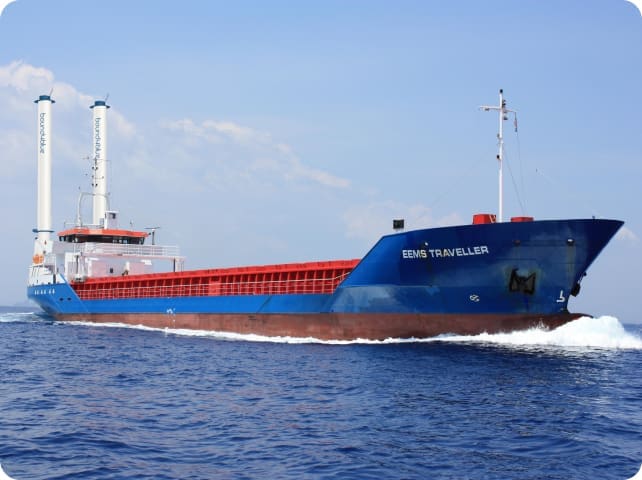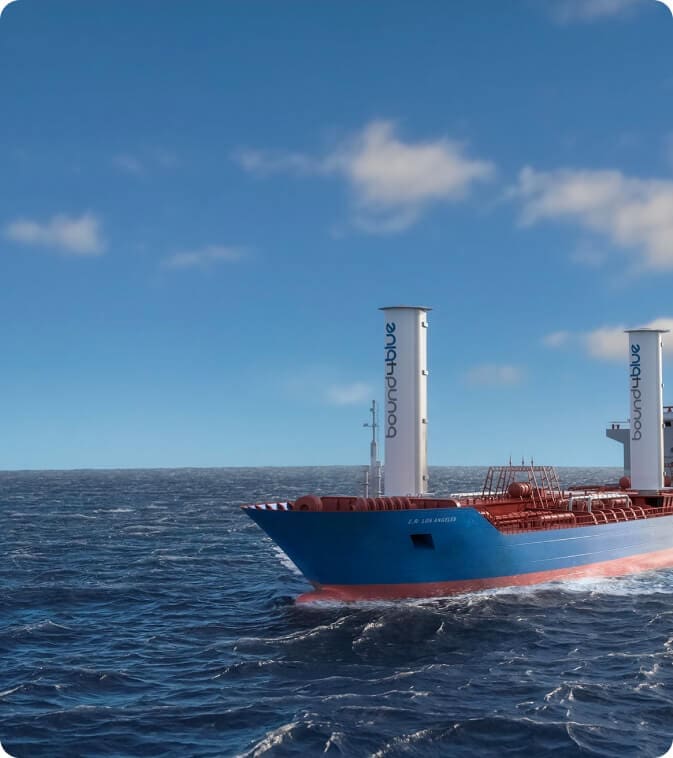TEST The Energy Efficiency Design Index (EEDI) measures the grams of carbon dioxide emitted per tonne mile calculated based on the technical design parameters for a new ship.
This measure aims to increase the uptake of more energy efficient equipment and engines within the sector. The smaller the EEDI the more energy efficient ship design
The International Maritime Organization has recognized the potential energy savings of wind-assisted propulsion technologies and has included its effects into the EEDI calculation, in which it is considered a method of reducing the main engine power requirements.
The Energy Efficiency Existing Ships Index (EEXI) is similar to the EEDI but applies to existing ships. It is a one-time certification for ships in operation and is mandatory – from 2023 onwards – for existing vessels above 400 Gross Tonnes falling under Marpol Annex VI, except for those ships already built according to EEDI Phase 2 or 3 requirements.
The EEXI calculation is very similar to the EEDI calculation.



Title item 1
Title 1
subtitle

Merchant TEST1 vessels rely on the thrust delivered by their main engine for propulsion. These engines burn enormous amounts of fuel, resulting in large fuel-bills and pollutant emissions levels.
If WAPS are operated effectively to maximise forwards thrust under any sailing condition, double-digit percentages in fuel and emissions savings can be achieved.
Wind-Assisted Propulsion Systems (WAPS) take advantage of the available wind to generate clean forward thrust, reducing the engine thrust required and consequently cutting down fuel consumption and pollutant emissions.
Title 2
subtitle

Merchant TEST2 vessels rely on the thrust delivered by their main engine for propulsion. These engines burn enormous amounts of fuel, resulting in large fuel-bills and pollutant emissions levels.
If WAPS are operated effectively to maximise forwards thrust under any sailing condition, double-digit percentages in fuel and emissions savings can be achieved.
Wind-Assisted Propulsion Systems (WAPS) take advantage of the available wind to generate clean forward thrust, reducing the engine thrust required and consequently cutting down fuel consumption and pollutant emissions.
